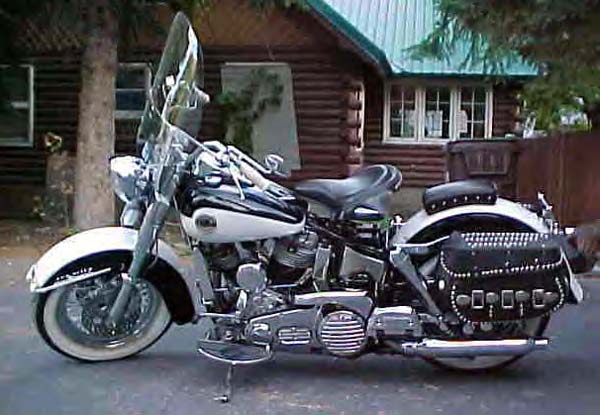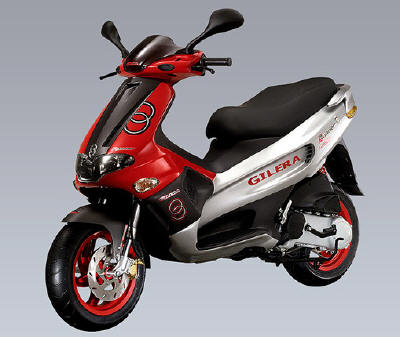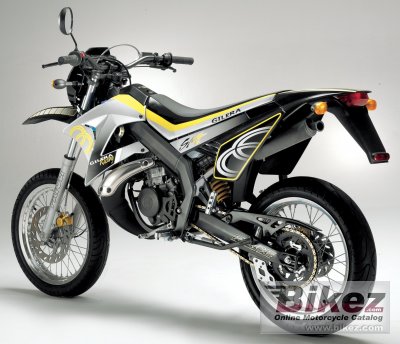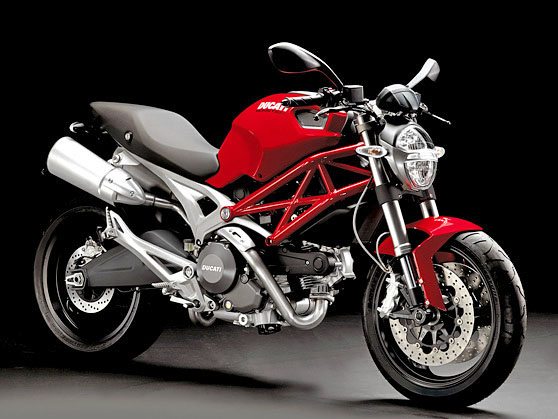
First seen by the public on November 7, 2007, Ducati released the 848 as the replacement to their lackluster 749. And in the same way the 749 was a toned 999, the 848 is a smaller version of their flagship Superbike, the 1198 (which was a 1098 when first released). Like its big brother, the Ducati 848 was totally changed from the ground up, reverting back to a more traditional Ducati look with under-seat exhaust and single-sided swingarm. Directly targeting the middleweight and supersport market, with a completive price of $13,995, the Ducati 848 is still more pricey than the standard Inline-Four Japanese 600, though it offers nearly the same level of Italian passion as the $16,000-plus 1198, while still performing on par with the best middleweights in class.

Ascetically, the Ducati 848 looks nearly identical to the 1198, with the exception of the available slick color white scheme. Don’t fret though, it’s still available in the tradition Ducati red. It also features a smaller engine, the 849cc trademark “L-Twin” powerplant as Ducati calls it (90-degree V-Twin in our terms). As for the other differences between it and the 1198, these include a wet clutch, slightly down-graded radial Brambo front brakes and different Showa suspension, all aimed at keeping the price down. Otherwise, the 848 is essentially a smaller and tad slower version of the 1198. On the other hand, it does tip the scales a bit lighter, which is a plus.
But don’t think for a second the Ducati 848 lacks any performance in the real world. Despite being one of the best price-point Ducati Superbikes to date, it delivers far superior performance to any previous middleweight machine the Italian company has ever produced.

Confusion picking the 848 apart from its larger sibling is understandable and represents both the main point of criticism and praise of it; the 848 is identical to the 1098 in its outer beauty. The 1098/848 are perhaps the most gushed-over bikes to come out of Bologna since the 916. Since the controversy over the love-it-or-hate-it, ‘design exercise’ styling of the 999/749, the somewhat more conventional clothing of the current siblings have that mass appeal that even a non-motorcycle aficionado can appreciate. Whether in red or unconventional white, the 848 is not for introverts: heads will turn and eyes will cast jealous stares in the direction of this Italian stunner.
Criticism of the 848 tends to focus on the fact that it’s essentially a 1098 with a few cheaper components and a smaller engine. Those critics clearly side with the ‘tank is half empty’ argument. Sure, the 848 lacks the traditional dry clutch of its predecessors and its bigger brother, but the wet clutch setup makes for easy modulation and greater durability, as well as a decent weight savings. The ‘lesser’ Brembo calipers may not be as beefy as those on the 1098, but the initial bite is far tamer. To state that the 848 is simply a smaller displacement 1098 is like saying Prada is simply a lesser brand compared to Vuitton. Despite the fewer cc’s. the 848 features an all-new Testastretta Evoluzione powerplant churning out more power than the 749 while shedding weight faster than a supermodel prior to a Vogue photoshoot. In spite of the displacement reduction, the engine is incredibly smooth in its linear power delivery and certainly doesn’t leave its rider in want of more power; if anything, the 1098 chassis feels better suited with the smaller twin for street riding.

The Pirelli Super Corsas equipped as standard are the perfect pairing for the 848, enhancing turn-in feel without exaggerating the falling feeling displayed by so many 600’s. Once warmed, they grab and grip like an inebriated freshman at a year-end frat party. “Confidence inspiring” fails to describe the surprise of being able to roll on the throttle mid-corner and not find the backside squirming and sliding in an attempt to outpace the front.
The Showa suspension, despite the lack of proper setup and adjustment prior to my thrashings, provided such stability and feedback throughout the repeated ‘S’ curves of our local stomping grounds that I began to think running my hand along the pavement would yield less tactile sensation. Perhaps the extra length of the 848 (at 56.3 inches, over an inch longer than any competition) accounts for this stability and the lack of a need for a steering stabilizer; however, both contribute to a need for slightly more effort on turn-in than a typical 600. Although the 848 ditches the pricey Brembo monobloc calipers as featured (and often raved about) on the 1098, the two-piece units and slightly smaller rotors on the smaller sibling do a fantastic job of crushing one’s pelvis on the angular tank under heavy braking.
 But the original bad boy of the litre sportsbike class only stayed on top for half a decade. By 1998, Yamaha's R1 had stolen the Honda's thunder, and its crown, and over the following nine years, both the R1 and Suzuki's GSX-R1000, in turn, offered the real pinnacle of sportsbike performance.
But the original bad boy of the litre sportsbike class only stayed on top for half a decade. By 1998, Yamaha's R1 had stolen the Honda's thunder, and its crown, and over the following nine years, both the R1 and Suzuki's GSX-R1000, in turn, offered the real pinnacle of sportsbike performance.
 The brakes feature all-new monoblock four-piston radial calipers, and there's a second-generation electronically-adjusted steering damper that alters damping effect depending on speed and throttle position.
The brakes feature all-new monoblock four-piston radial calipers, and there's a second-generation electronically-adjusted steering damper that alters damping effect depending on speed and throttle position.


















































